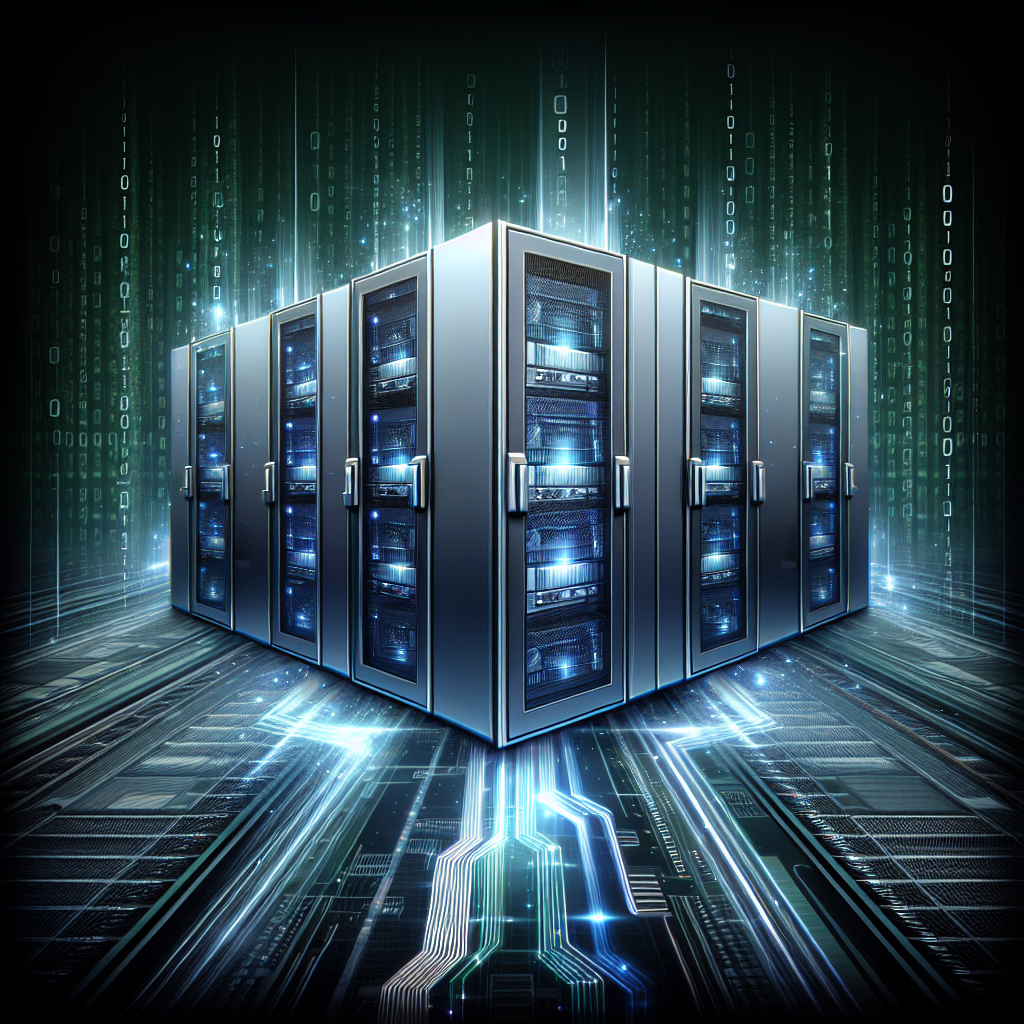Fix today. Protect forever.
Secure your devices with the #1 malware removal and protection software
Data centers are vital components of modern businesses, housing the servers and networking equipment that keep operations running smoothly. With the increasing reliance on technology, downtime in a data center can have significant consequences, leading to lost revenue, damaged reputation, and decreased productivity. To prevent downtime and ensure the continuous operation of critical systems, many data centers are implementing redundant Uninterruptible Power Supply (UPS) systems.
A UPS system is an essential component of a data center, providing backup power in the event of a power outage or disruption. By using batteries or flywheels, UPS systems can bridge the gap between the loss of utility power and the activation of emergency generators, ensuring that critical systems remain online and operational.
However, even with a UPS system in place, there is still a risk of failure. To mitigate this risk and enhance the reliability of the power supply, many data centers are now implementing redundant UPS systems. Redundant UPS systems consist of multiple UPS units that operate in parallel, providing an additional layer of protection against power disruptions.
There are several benefits to implementing redundant UPS systems in data centers. One of the main advantages is increased reliability. With multiple UPS units operating in parallel, the risk of a single point of failure is minimized, ensuring that critical systems remain online even in the event of a UPS failure.
Redundant UPS systems also offer increased capacity and flexibility. By distributing the load across multiple UPS units, data centers can support higher power requirements and scale their operations more effectively. Additionally, redundant UPS systems can be configured in various ways, such as N+1 or 2N configurations, to provide additional redundancy and fault tolerance.
Furthermore, redundant UPS systems can improve efficiency and reduce maintenance costs. By spreading the load across multiple UPS units, each unit operates at a lower capacity, resulting in improved efficiency and reduced wear and tear. Additionally, in the event of a UPS failure, the remaining units can continue to provide power without the need for immediate maintenance or replacement.
In conclusion, implementing redundant UPS systems in data centers is a critical step in ensuring the continuous operation of critical systems and minimizing the risk of downtime. By increasing reliability, capacity, flexibility, and efficiency, redundant UPS systems offer a robust solution for protecting data center operations against power disruptions. As businesses continue to rely on technology for their operations, investing in redundant UPS systems is essential for maintaining uptime and ensuring business continuity.
Fix today. Protect forever.
Secure your devices with the #1 malware removal and protection software

Leave a Reply
You must be logged in to post a comment.